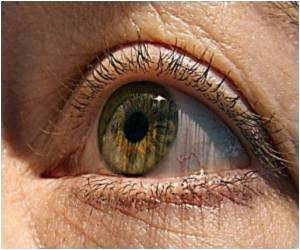Researchers using the latest high-tech tools to study the diets of early hominids are challenging long-held assumptions about what our ancestors ate.

While some early hominids sported powerful jaws and large molars - including Paranthropus boisei, dubbed "Nutcracker Man" - they may have cracked nuts rarely if at all, said University of Colorado Boulder anthropology Professor Matt Sponheimer, study co-author.
Such findings are forcing anthropologists to rethink long-held assumptions about early hominids, aided by technological tools that were unknown just a few years ago.
Earlier this year, Sponheimer and his colleagues showed Paranthropus boisei was essentially feeding on grasses and sedges rather than soft fruits preferred by chimpanzees.
"We can now be sure that Paranthropus boisei ate foods that no self-respecting chimpanzee would stomach in quantity," said Sponheimer.
"It is also clear that our previous notions of this group's diet were grossly oversimplified at best, and absolutely backward at worst," he added.
Advertisement
Source-ANI









